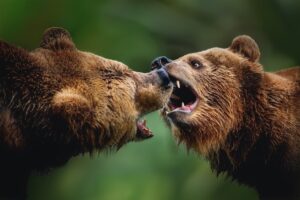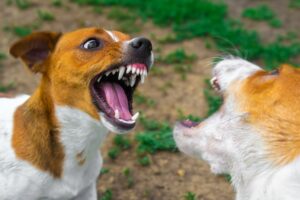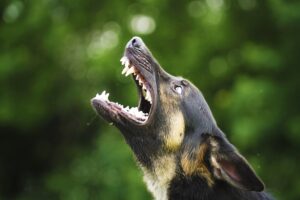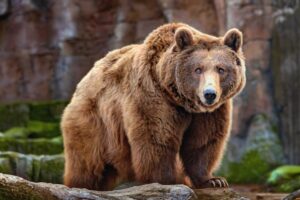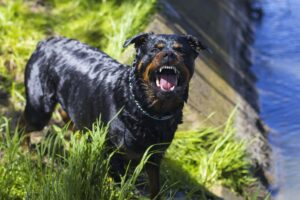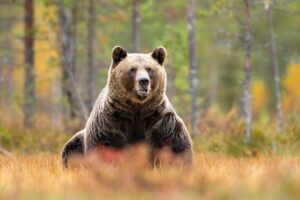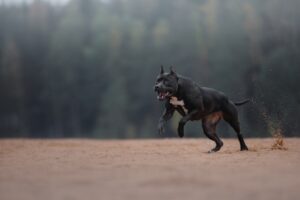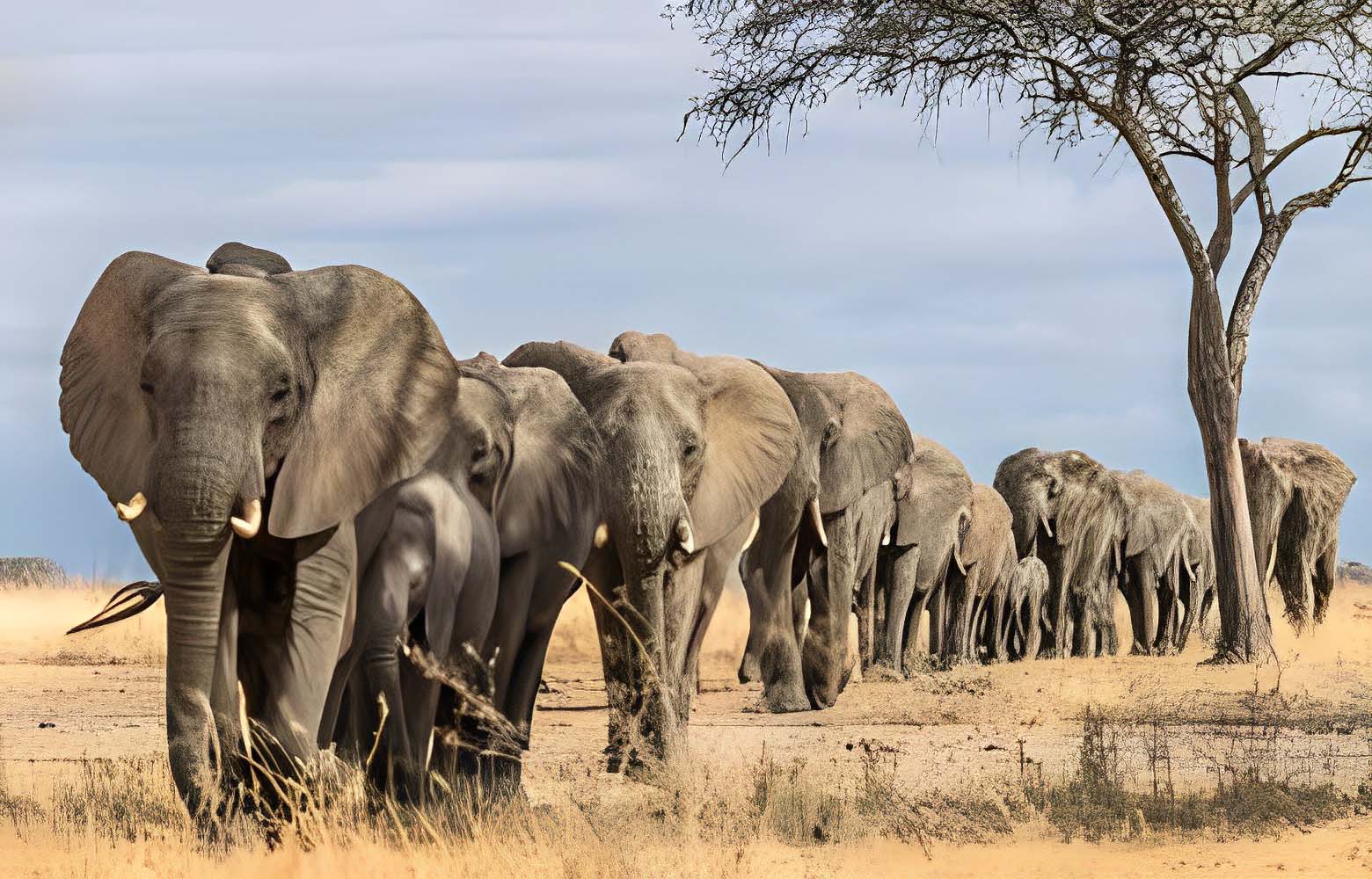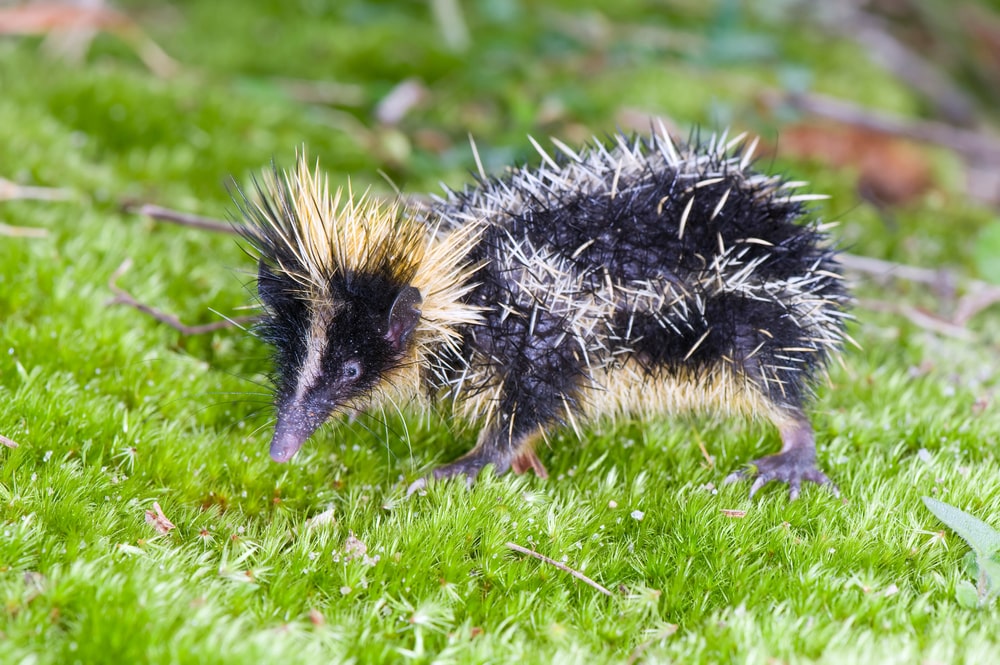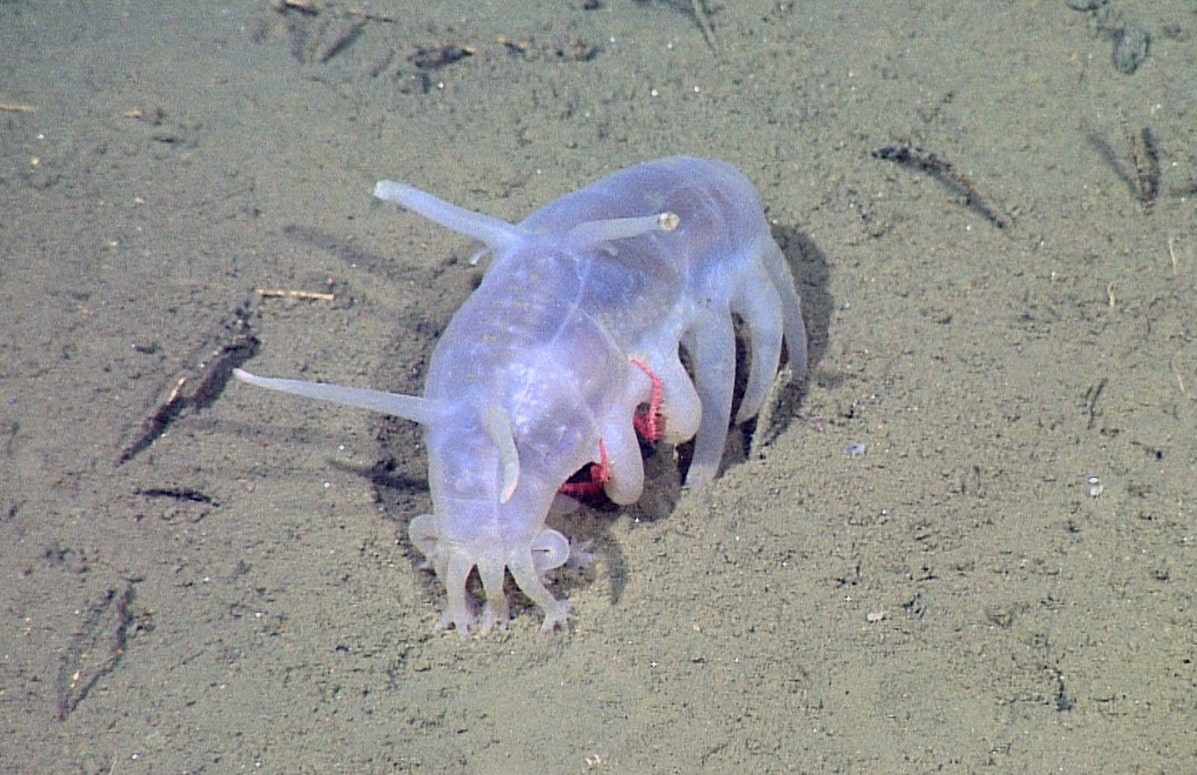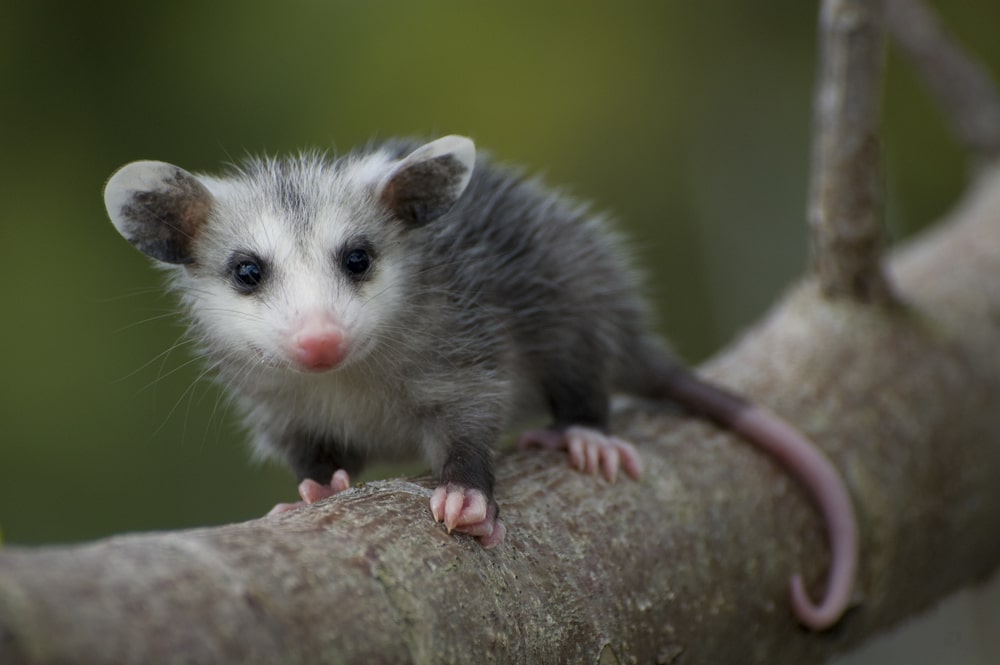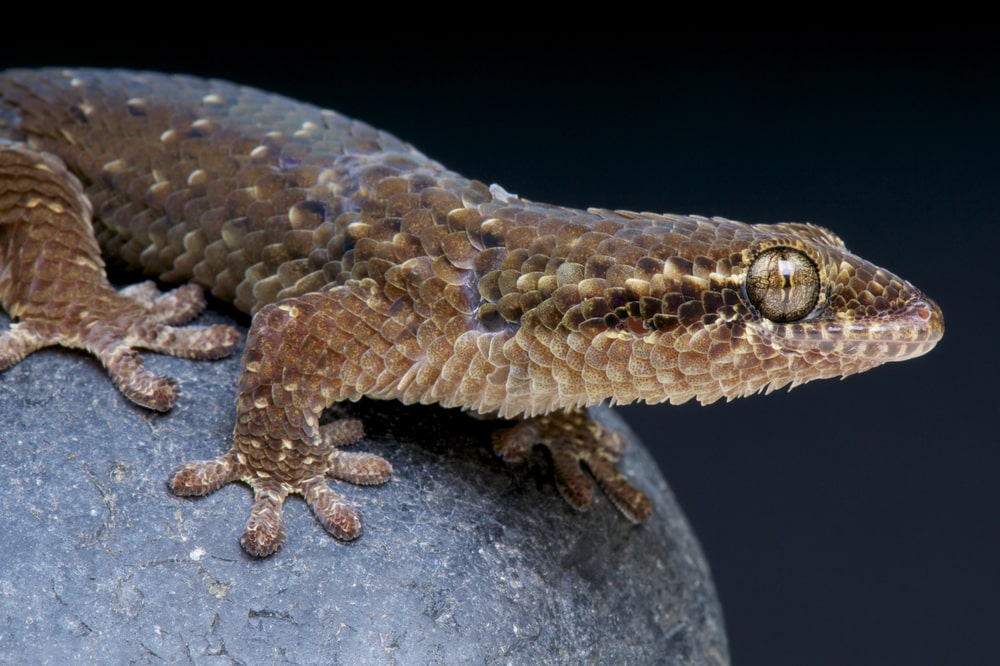Bears and Dogs Similarities, Evolutionary Aspect & Differences
The evolutionary history of bears and dogs, comparing their physical characteristics and behavior, and exploring the fascinating world of canine evolution. Are bears really big dogs?
Evolutionary Aspects
The evolutionary aspect of this case and crack it wide open, shall we? Bears trace their ancestry back to a common ancestor that lived around 15-20 million years ago. This ancestor split off from their Caniformia suborder to form the Ursidae family. This Ursidae family now includes a variety of species, each adapted to different environments and ecological niches. The evolutionary lineage of bears includes species such as the brown bear, polar bear, black bear, and panda, each with unique adaptations shaped by their environments.
The early ancestors of bears likely resembled small, omnivorous mammals. Over time, different bear species evolved to occupy various habitats, ranging from dense forests to icy tundras. This diversification was driven by factors such as changes in climate, available food sources, and competition with other species. Bears adapted to become powerful, apex predators in their ecosystems, developing characteristics such as large size, strong limbs, and sharp claws for hunting and survival.
On the other hand, the evolutionary history of dogs is intertwined with that of wolves. The common ancestor of modern wolves and dogs lived around 9-34 million years ago. However, just like bears, at some point in time, the Canid family split off from the Caniformia suborder as well. Over time, some populations of these ancestral canids diverged, with some becoming wolves and others evolving into the domesticated dogs we know today. Early humans likely played a significant role in the domestication of dogs.
As humans transitioned from a nomadic lifestyle to settled agricultural communities, they formed symbiotic relationships with certain wolf populations. These wolves, exhibiting less aggressive and more cooperative behaviors, became the ancestors of modern dogs. This domestication process, occurring over thousands of years, led to the development of various dog breeds with diverse sizes, shapes, and behaviors.
Bears and Dogs Similarities
Interestingly, Bears and Dogs exhibit a surprising number of similarities in their physical characteristics, dietary preferences, and social behaviors. One of the most apparent parallels lies in their physical attributes. Both bears and dogs have a dense fur coat that serves various purposes, such as insulation in colder climates.
Their claws, though varying in size and shape, share a commonality in being well-adapted tools for tasks like digging and climbing. Additionally, the teeth of bears and dogs reflect their omnivorous nature, featuring a combination of sharp incisors for tearing meat and flatter molars for grinding plant matter! But that’s not all! In terms of locomotion, both bears and dogs share a digitigrade posture, walking on their toes rather than the soles of their feet.
This adaptation provides them with a more extended stride and increased speed, contributing to their effectiveness as predators in the wild. Moving beyond physical characteristics, an exploration of their diets reveals another set of resemblances. Both bears and dogs are omnivores, displaying a diverse range of dietary preferences that include meat, fruits, and vegetables. This adaptability has allowed them to thrive in various environments, from the dense forests to the open plains.
The parallel between their dietary choices highlights the flexibility and opportunistic nature that has contributed to their survival and success as a species. Behaviorally, bears and dogs exhibit striking similarities in their social interactions as well. While bears are often perceived as solitary creatures, certain species, like the brown bear, display social behaviors reminiscent of their distant canine counterparts. Playfulness, a characteristic commonly associated with dogs, is also observed in bear cubs, highlighting a shared trait that transcends species boundaries.
Furthermore, some bear species exhibit a pack structure, emphasizing social bonds that contribute to their survival and reproduction. Communication is another space where bears and dogs share common ground. Both species rely on vocalizations and body language to convey messages within their social groups. From the deep growls of a bear warning intruders to the barks and howls of dogs communicating over long distances, the importance of auditory and non-verbal communication is a shared aspect that highlights the complex social dynamics within these species.
Both bears and dogs possess highly developed senses as well, particularly an acute sense of smell. A dog’s olfactory abilities are well-known but bears also rely heavily on their sense of smell for hunting, navigating their surroundings, and identifying potential threats or mates. Dogs, especially those bred for specific tasks, are known for their problem-solving abilities. Look no further than seeing eye dogs, which are dogs that are specially trained to help people who are blind or have low vision to travel safely around their community and become more independent.
Bears, too, exhibit remarkable cognitive skills when it comes to obtaining food. For example, bears in the wild have been observed using tools, such as rocks or sticks, to access hard-to-reach food sources.
Differences B/W Bears & Dogs
The adaptation of hibernation is another unique feature exclusive to bears and is absent in dogs. Hibernation is a survival strategy that is ingrained into a bear, and it allows them to endure periods of food scarcity, typically during winter. Bears enter a state of dormancy, drastically reducing their metabolic rate and relying on stored fat for energy. This adaptation enables them to conserve energy and survive harsh environmental conditions.
In contrast, dogs do not hibernate, relying on alternative strategies such as seeking shelter or adapting their behavior to cope with changing seasons. The absence of hibernation in dogs further emphasizes the specialized adaptations that have evolved in response to the distinct ecological niches occupied by these two groups of mammals. Last but not least, Bears and dogs also have different reproductive strategies. Most bears are solitary animals, and mating often occurs during a specific breeding season.
Female bears invest significant time in raising their cubs, and providing maternal care until the offspring are ready to fend for themselves. In contrast, domestic dogs exhibit a range of social structures, from solitary to pack-oriented, and their reproductive behaviors have been influenced by human breeding practices.
Bears and Dogs (Expert Insight)
Well, Dr. Steven Herrero, a leading bear expert and author of Bear Attacks: Their Causes and Avoidance, clarifies: “Bears are not giant dogs. They are wild animals with powerful instincts and can be unpredictable. While there are some superficial similarities, their evolutionary history and behavior tell a different story.”
Dr. John Vucetich, a renowned wildlife ecologist, further emphasizes this distinction, stating: “Comparing bears and dogs is like comparing apples and oranges. They are evolutionarily distinct and adapted to vastly different environments. While some dogs may exhibit bear-like behaviors, it’s important to remember that bears are apex predators with the potential to be dangerous.”
Dr. Louise Allport, a canine behavior specialist, sheds light on the differing motivations behind their seemingly similar behaviors as well by saying: “While both dogs and bears can display playful and social behaviors, their motivations and underlying instincts differ significantly.
Dogs have been selectively bred for thousands of years to be companions to humans, while bears remain wild animals with complex social structures and unpredictable behavior.” Overall, it seems that both bears and dogs once shared a common ancestor over 40 million years ago. However, with time, both the Ursidae family and the Canid family have split to occupy different niches. So, to answer the question, “Are bears really big dogs?”
